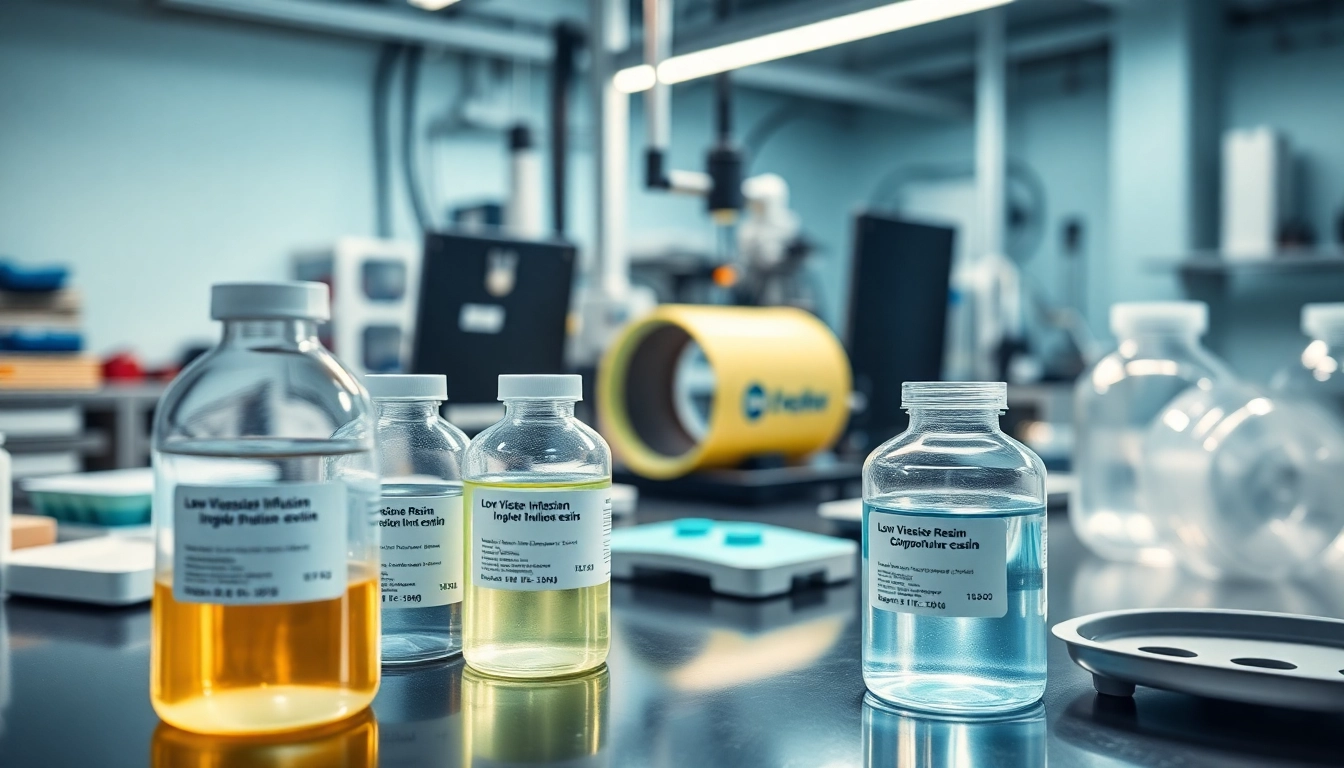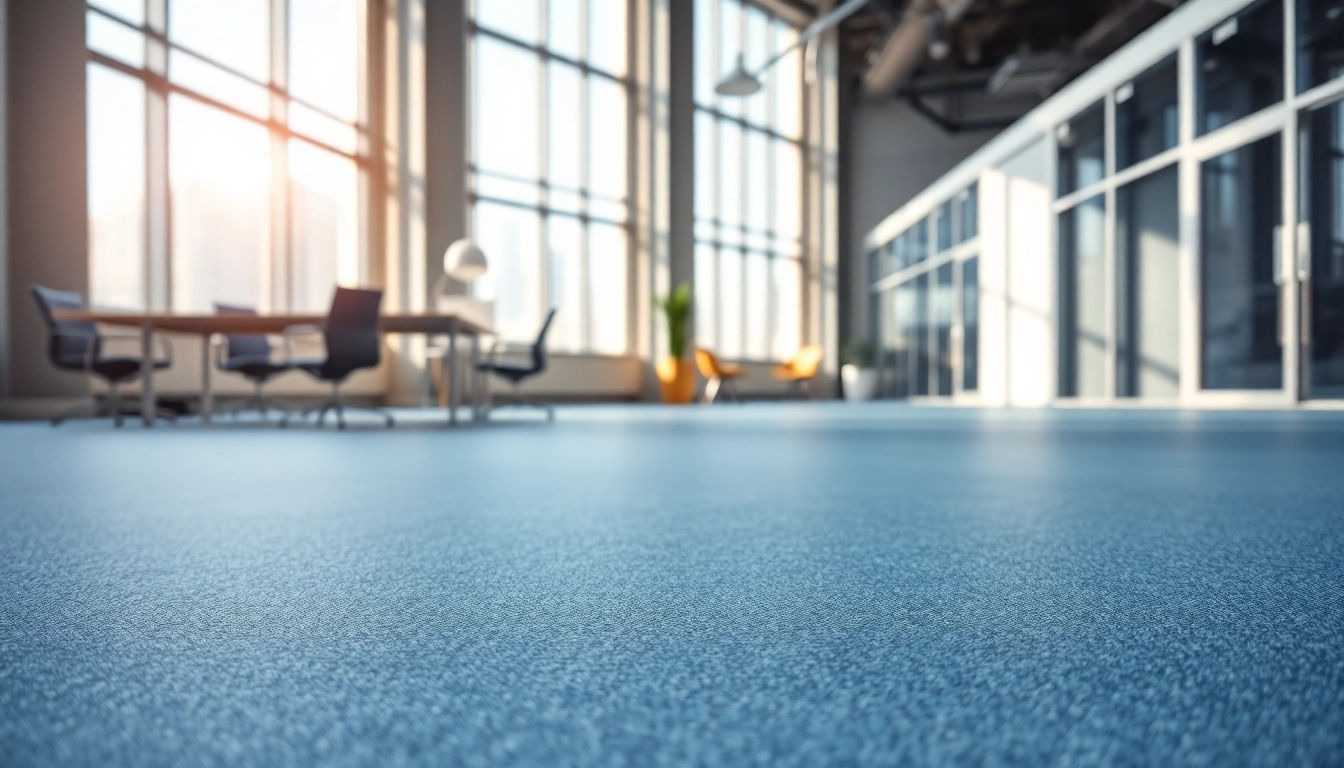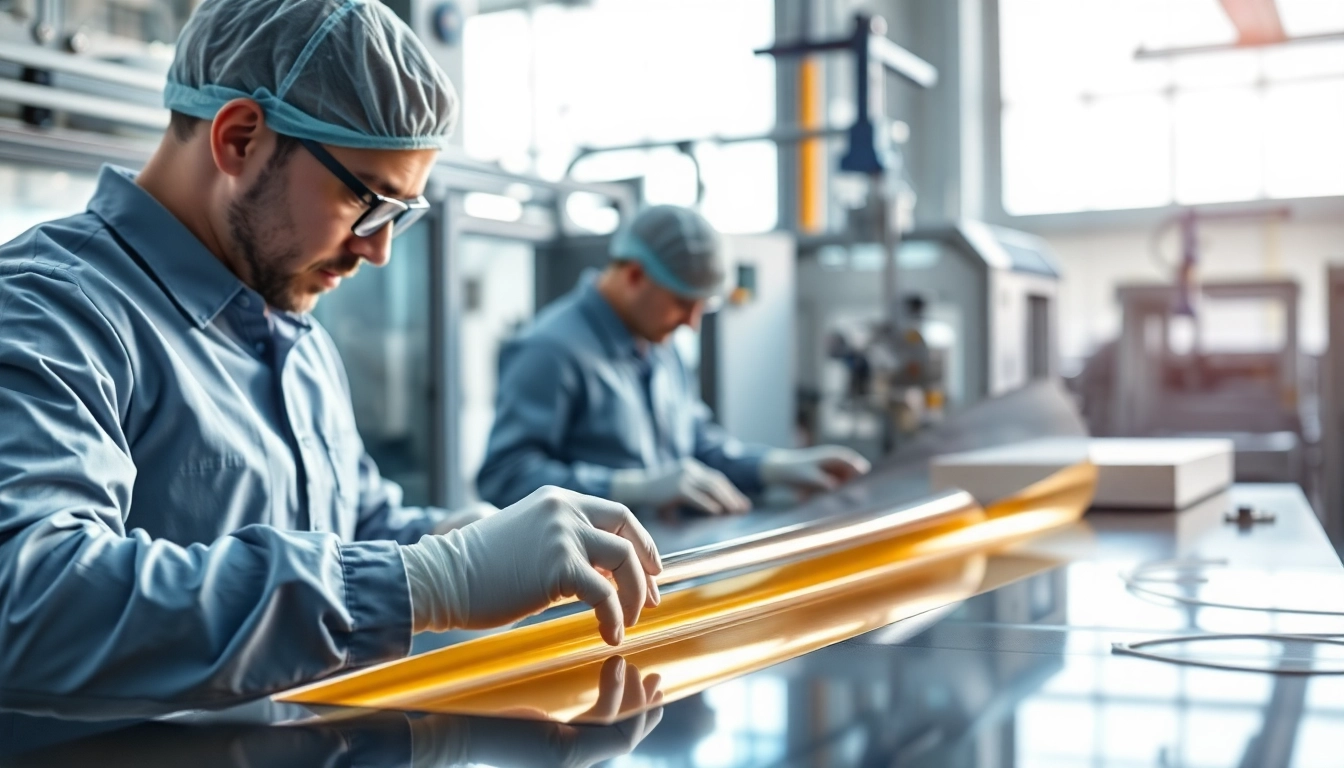Understanding Infusion Resins
What are Infusion Resins?
Infusion resins represent a specialized category of synthetic polymers designed specifically for the resin infusion process, a technique extensively utilized in the production of composite materials. This process involves using a vacuum to draw resin into a fiber reinforcement material, creating strong and lightweight structures. Infusion resins typically have low viscosity, allowing them to flow easily through reinforcements while maintaining a high degree of clarity and strength. The correct selection of infusion resins is critical to achieve optimal performance in composite manufacturing.
Key Properties of Infusion Resins
Infusion resins are characterized by several key properties that make them particularly suitable for advanced composite applications:
- Low Viscosity: This property ensures that the resin can flow effortlessly through complex shapes and densely packed fibers, filling voids and avoiding air pockets.
- High Strength-to-Weight Ratio: Infusion resins contribute to the overall strength of the composite structure while keeping the weight minimal, which is crucial in industries like aerospace and automotive.
- Excellent Clarity: Particularly important in visible parts, infusion resins can maintain a clear finish that enhances aesthetic appeal.
- Thermal and Chemical Resistance: Many infusion resins can withstand extreme temperatures and exposure to various chemicals without degrading, making them ideal for challenging environments.
Common Applications for Infusion Resins
Infusion resins are commonly utilized in various industries owing to their versatility and high performance. Some typical applications include:
- Aerospace Components: Used in the production of lightweight and durable parts that require high strength-to-weight ratios.
- Marine Structures: Ideal for constructing hulls and other components that demand resistance to environmental elements.
- Automotive Parts: Used in both structural and aesthetic components, improving fuel efficiency through weight reduction.
- Wind Energy: Applications in wind turbine blades, where efficient energy generation is crucial.
Benefits of Using Infusion Resins
Enhanced Material Performance
One of the most significant advantages of infusion resins is their ability to enhance the material performance of composite products. This enhancement is witnessed through increased tensile strength, improved durability against environmental factors, and superior adhesive qualities that result in better bonding between fibers and resin.
Improved Process Efficiency
Using infusion resins contributes to improved manufacturing efficiency. Given their low viscosity, infusion resins can fill complex mold shapes more quickly than traditional resins, reducing cycle times in the production process. This efficiency is further enhanced by the vacuum infusion method, which minimizes material wastage and promotes better resin distribution.
Cost-effectiveness in Production
While the initial investment in high-quality infusion resins may be greater compared to traditional options, the long-term savings are often substantial. The efficiency of the infusion process leads to less rework, lower wastage, and enhanced product life, resulting in a cost-effective production method overall. Businesses often find that the quality improvements and reduced material usage provide a compelling return on investment.
Types of Infusion Resins
Low-Viscosity Infusion Resins
Low-viscosity infusion resins are designed to effectively saturate fiber reinforcement materials. These resins can penetrate tightly woven materials, ensuring thorough coverage and eliminating air pockets. This property is particularly beneficial when working with complex molds or intricate designs, allowing for the production of high-quality, void-free composite parts.
Bio-Based Infusion Resins
With growing environmental concerns, bio-based infusion resins have emerged as an innovative alternative. These resins are derived from renewable resources and are designed to offer comparable performance to traditional synthetic resins. Adopting bio-based materials not only reduces environmental impact but can also align with sustainability goals set forth by many organizations.
Thermal and Chemical Resistance in Infusion Resins
Many industries require infusion resins that can withstand extreme thermal or chemical environments. Specialized infusion resins are engineered to resist degradation when exposed to high temperatures or aggressive chemicals. This quality is critical in sectors such as aerospace, automotive, and chemical processing, where materials often face harsh operational conditions.
Best Practices for Infusion Resins
Preparing for the Infusion Process
Proper preparation before starting the infusion process is essential to ensuring successful outcomes. This preparation involves selecting the appropriate infusion resin based on project requirements, preparing the mold carefully to avoid contamination, and confirming that all equipment—such as vacuum pumps and hoses—are ready for use. Understanding the properties and behavior of the selected resin also lays the foundation for a successful infusion.
Techniques for Effective Application
Employing best practices during the application process can significantly maximize the effectiveness of infusion resins. Techniques such as ensuring proper vacuum pressure, minding the temperature of the workspace, and monitoring resin viscosity can lead to consistent results. It is also crucial to follow the manufacturer’s guidelines regarding pot life and cure times to avoid premature setting or poor adhesion.
Post-Infusion Care and Quality Control
After the infusion process, the handling and care of the composite part is critical to maintain its integrity. Implementing quality control checks such as visual inspections, dimensional checks, and mechanical testing can ensure that the composite meets the desired specifications. Proper post-curing techniques should be applied, along with storage considerations to maintain quality until the part is deployed in its intended application.
Future Trends in Infusion Resins
Sustainability in Resin Formulation
The trend toward sustainability in resin formulation is gaining momentum as industries strive to reduce their environmental impact. Future developments may focus on creating resins that increase bio-based content and reduce reliance on fossil fuels. Innovations in recycling methods and circular economy principles are expected to drive research and production strategies in this domain.
Technological Innovations
Ongoing technological advancements are poised to enhance infusion resin technologies further. Innovations in resin formulations and processing techniques will likely lead to improved material properties and processing efficiencies. Technology integration, such as real-time monitoring in the infusion process using IoT devices, will also help optimize production and quality control.
Market Predictions for Infusion Resins
The market for infusion resins is projected to expand as industries continue to adopt composites for their lightweight and strong attributes. Growth is anticipated particularly in sectors like renewable energy, transportation, and aerospace, where high performance and reduced weight are essential. Increased focus on sustainability and recycling will further shape product developments and market dynamics over the coming years.



